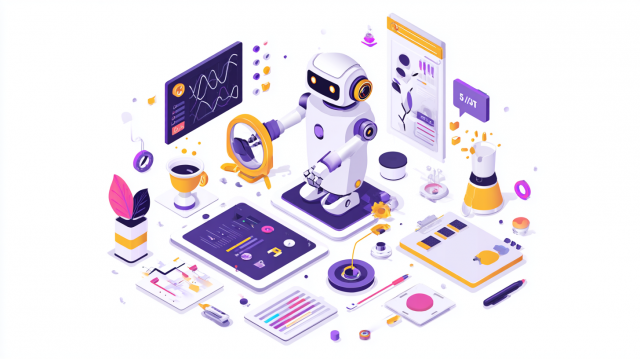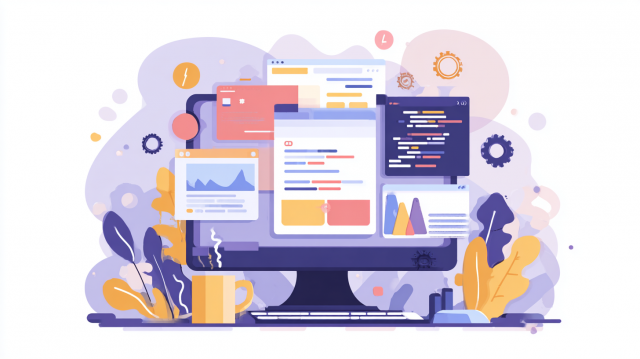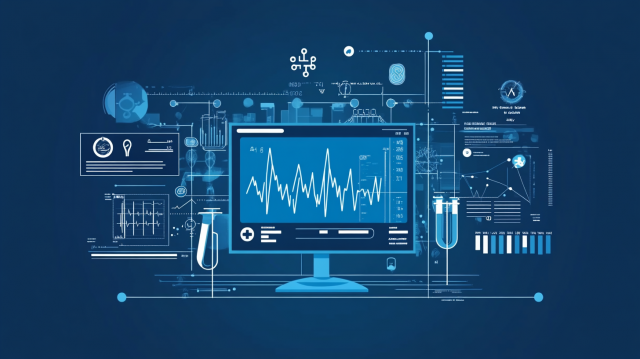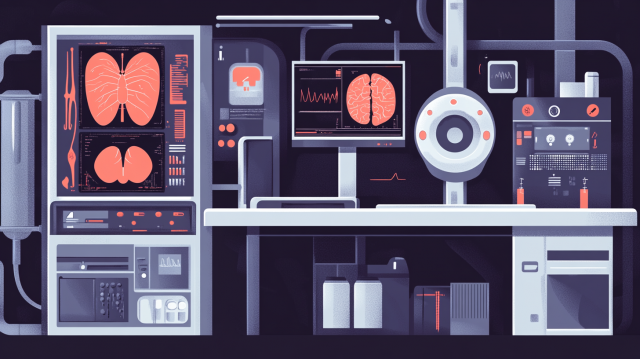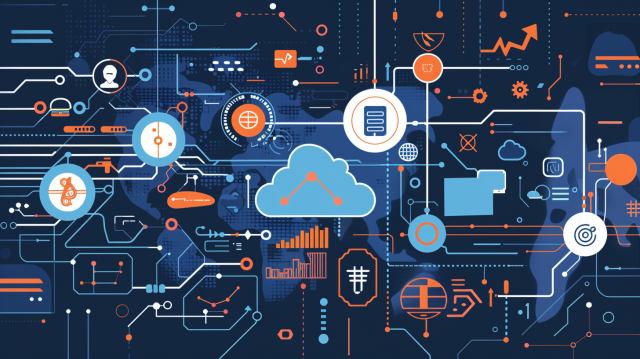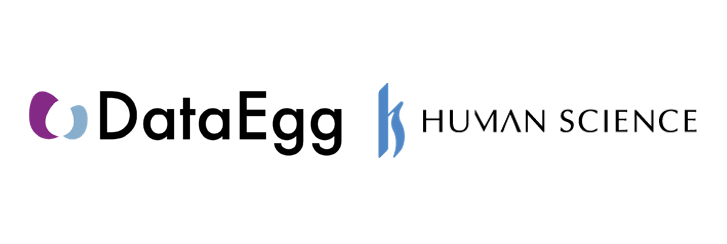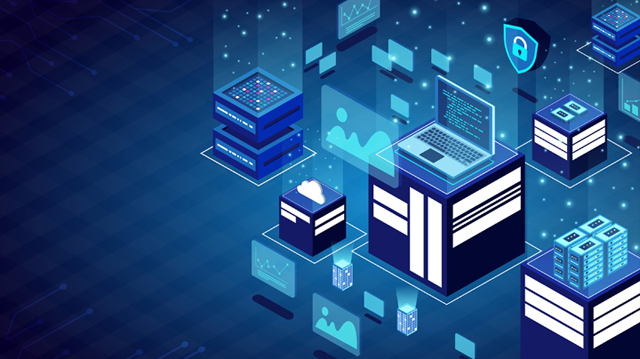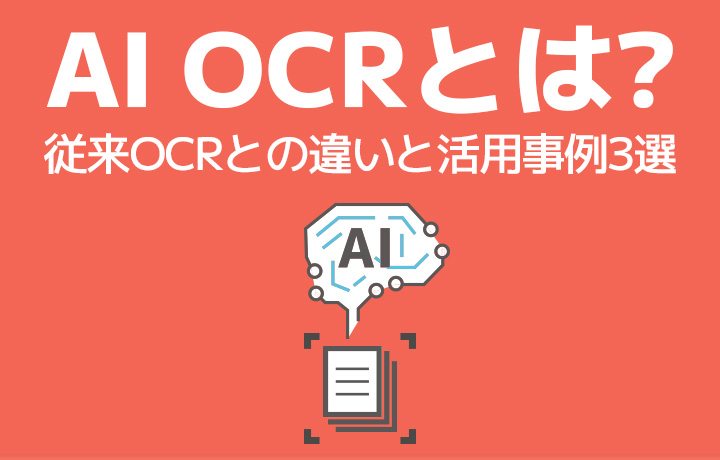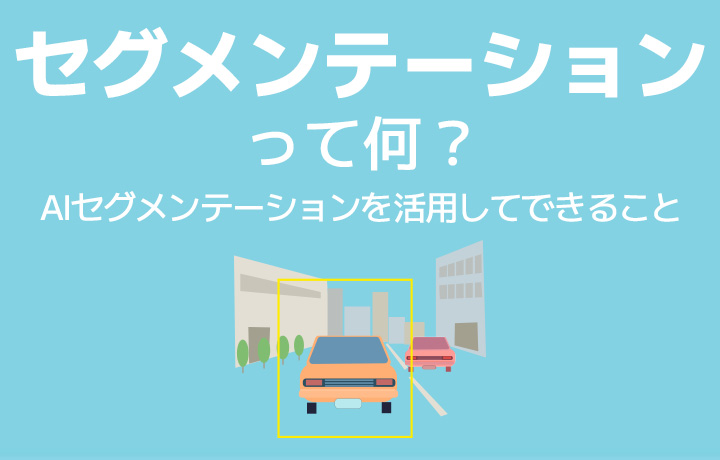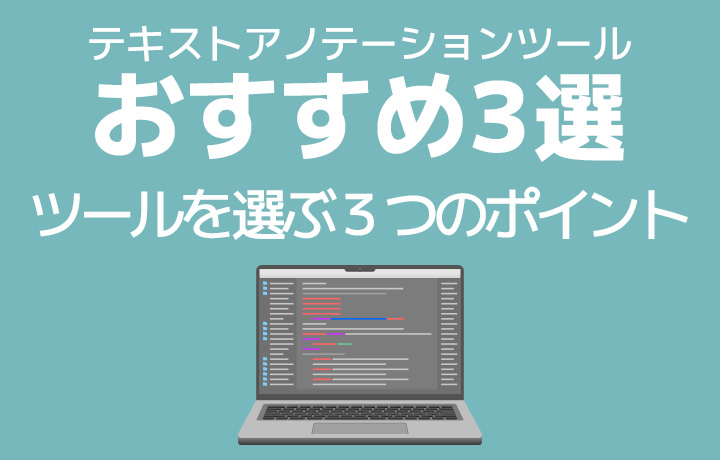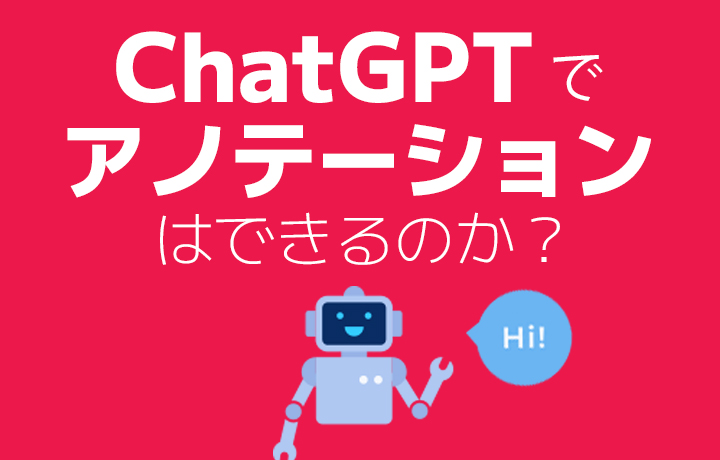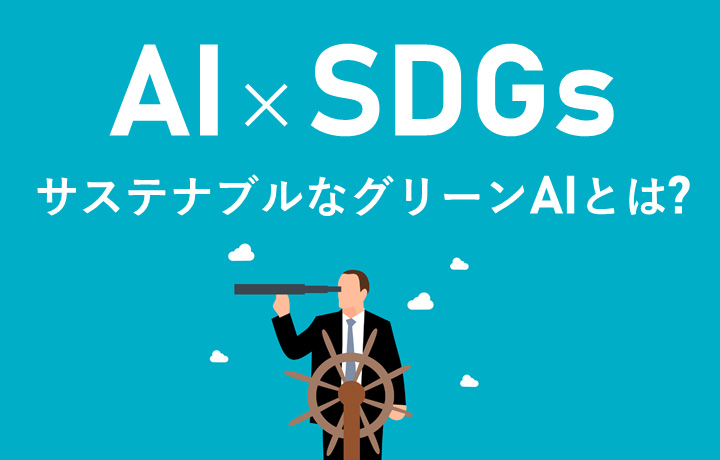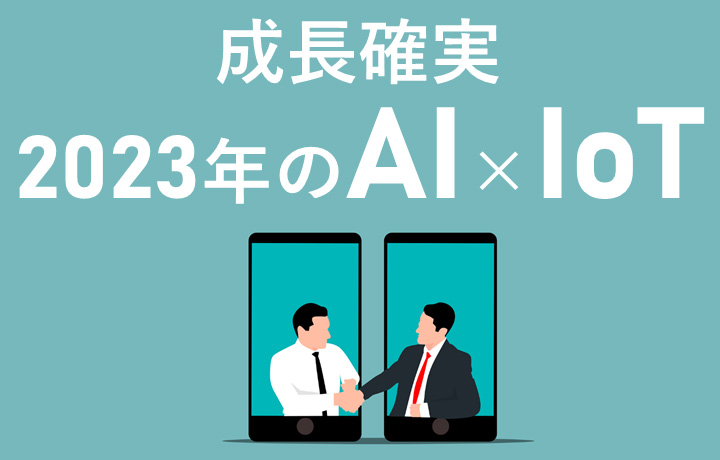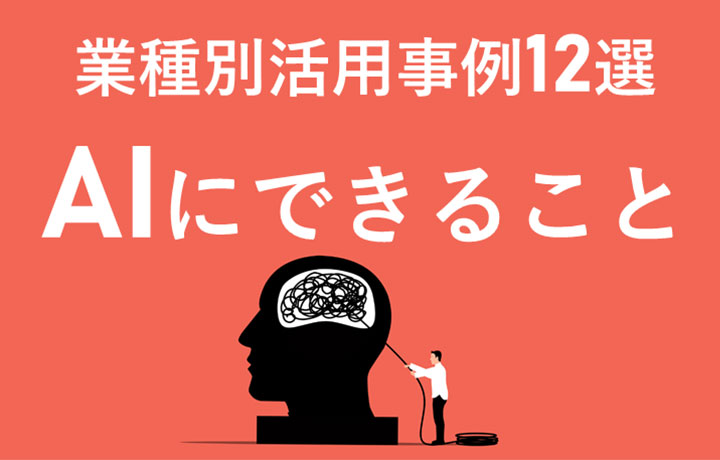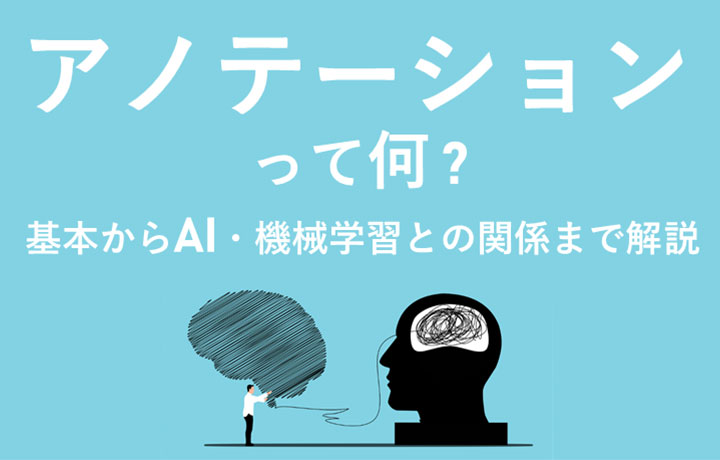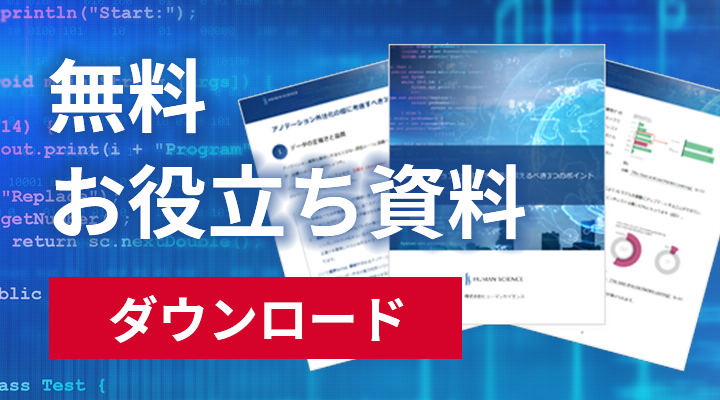
With the recent expansion of AI utilization, interest in training data, which influences the performance of AI models, has steadily increased. To enable AI to perform accurate learning and predictions, it is essential to provide high-quality data appropriately. Therefore, the preparation of training data is a crucial process that supports the foundation of AI development and can be said to be one of the factors directly linked to the final results.
In this context, the terms "big data" and "small data" have become increasingly common. However, there are still many misunderstandings about their differences and roles. Especially in AI development environments, it is essential to correctly understand the nature of each and use them appropriately.
In this article, we clarify the differences between big data and small data, introduce the role of training data in AI development, and highlight the importance of annotation services that support the quality of that data.
- Table of Contents
-
- 1. Definition and Differences Between Big Data and Small Data
- 1-1. What is Big Data?
- 1-2. What is Small Data?
- 1-3. Comparison of Differences and Roles Between Both
- 2. The Importance of Small Data in AI Development
- 2-1. The Superiority of "Quality" in Machine Learning
- 2-2. Necessity in Domain-Specific AI
- 3. The Role of Annotation in Creating Training Data
- 4. Key Points for Selecting Annotation Services
- 4-1. A System Strong in Small Data
- 4-2. Quality Assurance System and Project Management Capability
- 5. Summary
- 6. Human Science Teacher Data Creation, LLM RAG Data Structuring Agency Service
1. Definition and Differences Between Big Data and Small Data
1-1. What is Big Data?
Big data refers to a "vast and diverse set of data," generally defined by the three elements known as the "3Vs."
• Volume: enormous amounts of data
• Variety: a wide range from structured to unstructured data
• Velocity: the speed at which data is generated and processed in real time
For example, typical cases include social media post logs, continuously transmitted data from IoT sensors, and video streaming viewing histories. Big data is mainly utilized for "overall trend analysis" and "pattern discovery," playing a significant role in fields such as marketing and demand forecasting.
1-2. What is Small Data?
On the other hand, small data refers to a small volume of data that is optimized for specific purposes and is structured and organized. Although the amount of data is relatively small, it is processed and labeled according to consistent standards by experts, characterized by high quality and reliability.
Specific examples include medical image data annotated with diagnostic results by doctors, inspection records where veteran inspectors in manufacturing determine whether products are defective, and text data analyzed and annotated for grammatical structure by linguistics experts in the field of natural language processing. Although small data is limited in quantity, its high level of expertise and reliability greatly contribute to the learning accuracy of AI models in supervised learning.
1-3. Comparison of Differences and Roles Between Both
| Item | Big Data | Small Data |
|---|---|---|
| Data Volume | Large Scale (TB to PB scale) | Small Quantity (Below GB) |
| Data Quality | Raw, Contains Noise | Structured and Labeled |
| Acquisition Cost | Automatic Collection, Low Cost | Manual work, high cost |
| Expertise | General Analytical Skills | Specialized Domain Knowledge |
| Purpose of Use | Trend analysis, forecasting, marketing, and more | Model Training, Accuracy Improvement |
| Update Frequency | Real-time to High Frequency | Infrequent, Planned Updates |
2. The Importance of Small Data in AI Development
2-1. The Superiority of "Quality" in Machine Learning
The accuracy of high-performance AI models does not simply depend on having a large amount of data, but greatly relies on "accurate and reliable data." Especially in supervised learning, the "quality" of data is often as important as the quantity, and even a small amount of data with highly accurate labels can produce more effective results than a large volume of noisy data.
For example, in object detection tasks in image recognition, 10,000 images with accurately assigned bounding boxes by experts are often more effective for improving model accuracy than 100,000 unlabeled images. This is because machine learning algorithms build learning patterns based on accurate training data, and the presence of incorrect labels or inaccurate annotations can negatively impact the efficiency and accuracy of learning.
2-2. Necessity in Domain-Specific AI
In fields that require advanced specialized knowledge, such as manufacturing and healthcare, "small data reflecting domain-specific knowledge" is extremely important for AI development. In these areas, it is often difficult for general annotators to make accurate judgments, and supervision and involvement by experts in data annotation lead to the creation of higher-quality data.
For example, in the development of medical AI, image data accurately annotated based on the experience of radiologists greatly contributes to the construction of practical diagnostic support systems. Such highly specialized small data, while limited in quantity, is an indispensable resource for achieving AI performance at a level that can be utilized in the field.
3. The Role of Annotation in Creating Training Data
To teach an AI model the "correct answer," it is necessary to annotate the original data with meaningful information, a process known as "annotation." For example, adding information such as "this part is a defect" or "there is a tumor here" within an image constitutes annotation.
Annotation may seem like a simple task at first glance, but it is actually very profound. The following challenges often arise.
• Label consistency: If judgments vary among workers, there is a risk of AI learning incorrectly.
• Expertise: Advanced specialized knowledge is required in fields such as medical care and manufacturing.
• Work cost: Processing vast amounts of data one by one requires time and manpower.
To address these challenges, it is effective to utilize vendors specializing in annotation. We have established the expertise and systems necessary for creating high-quality annotation data, including quality control by experienced staff, consistent work based on detailed work specifications, and the efficient use of tools. Additionally, flexible responsiveness according to project scale is an important advantage that is difficult to achieve with in-house operations.
Reference Blog: What is Annotation? Explanation from its Meaning to its Relationship with AI and Machine Learning.
4. Key Points for Selecting Annotation Services
When outsourcing annotation, it is important to check the following points.
4-1. Strong System for Small Data
When selecting an annotation service, it is important to choose a vendor that has a system capable of maximizing the value of small data, rather than simply outsourcing the task. Specifically, evaluation points include whether they secure personnel with knowledge of the relevant field, utilize annotation tools that improve work efficiency, and have a system in place that can flexibly respond while prioritizing quality even with small amounts of data.
Especially in fields requiring advanced expertise such as manufacturing and medical sectors, the involvement of personnel with relevant industry experience or certified qualifications greatly impacts quality. Additionally, to prevent misunderstandings with clients and to accurately translate requirements into appropriate data specifications, strong project management skills capable of smoothly overseeing the process from requirement definition to delivery are essential.
4-2. Quality Assurance System and Project Management Capability
To consistently provide high-quality annotation data, clear rules and a robust checking system are essential. For example, by implementing mechanisms such as "confirmation work through double-checking," "operation of detailed work specifications," and "regular quality checks," it becomes possible to minimize variations in judgment among personnel and maintain data consistency and accuracy.
In addition, to ensure the smooth progress of the entire project, not only the annotation work itself but also the management system supporting its progress is important. For example, key points in selecting a service include whether deadlines are strictly met, whether there is flexibility to respond to specification changes during the process, whether the progress of the work can be visualized and shared, and whether there is a system in place to respond promptly in case any issues arise, allowing you to entrust the project with confidence.
Reference Blog: Recommended Outsourcing Services for Annotation Efficiency! What Are the Key Points for Company Comparison?
5. Summary
In AI development, neither big data nor small data is superior; each has different roles and values. Big data is suitable for broadly capturing user behavior trends and market movements, and it serves as a powerful means to gain new business insights.
On the other hand, to create AI models that can actually be utilized in the field, small data created with high accuracy based on expert knowledge plays an important role. Especially in training data called "labeled data," the "quality" such as the accuracy and consistency of labeling often has a greater impact on results than simply increasing the quantity.
Therefore, to prepare high-quality training data, annotation by skilled personnel with expertise and an appropriate system is extremely important. By utilizing a reliable annotation service, it becomes possible to develop highly accurate AI models even with limited data, which also contributes to business competitiveness.
For companies considering the introduction of AI, we recommend focusing not only on the "quantity" of data but also on its "quality," and advancing data utilization strategically.
6. Human Science Teacher Data Creation, LLM RAG Data Structuring Agency Service
Over 48 million pieces of training data created
At Human Science, we are involved in AI model development projects across various industries, starting with natural language processing, including medical support, automotive, IT, manufacturing, and construction. Through direct transactions with many companies, including GAFAM, we have provided over 48 million high-quality training data. We handle a wide range of training data creation, data labeling, and data structuring, from small-scale projects to long-term large projects with a team of 150 annotators, regardless of the industry.
Resource management without crowdsourcing
At Human Science, we do not use crowdsourcing. Instead, projects are handled by personnel who are contracted with us directly. Based on a solid understanding of each member's practical experience and their evaluations from previous projects, we form teams that can deliver maximum performance.
Not only for creating training data but also supports the creation and structuring of generative AI LLM datasets
In addition to creating labeled and identified training data for data organization, we also support the structuring of document data for generative AI and LLM RAG construction. Since our founding, we have been engaged in manual production as a primary business and service, leveraging our unique know-how gained from extensive knowledge of various document structures to provide optimal solutions.
Secure room available on-site
Within our Shinjuku office at Human Science, we have secure rooms that meet ISMS standards. Therefore, we can guarantee security, even for projects that include highly confidential data. We consider the preservation of confidentiality to be extremely important for all projects. When working remotely as well, our information security management system has received high praise from clients, because not only do we implement hardware measures, we continuously provide security training to our personnel.

 Text Annotation
Text Annotation Audio Annotation
Audio Annotation Image & Video Annotation
Image & Video Annotation Generative AI, LLM, RAG Data Structuring
Generative AI, LLM, RAG Data Structuring
 AI Model Development
AI Model Development In-House Support
In-House Support For the medical industry
For the medical industry For the automotive industry
For the automotive industry For the IT industry
For the IT industry







